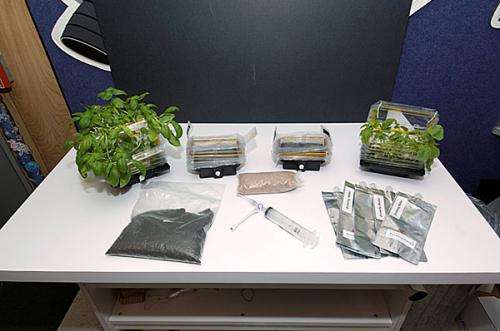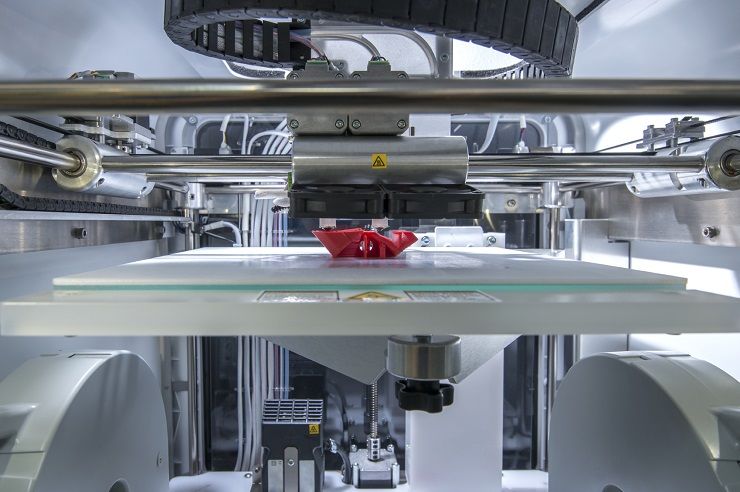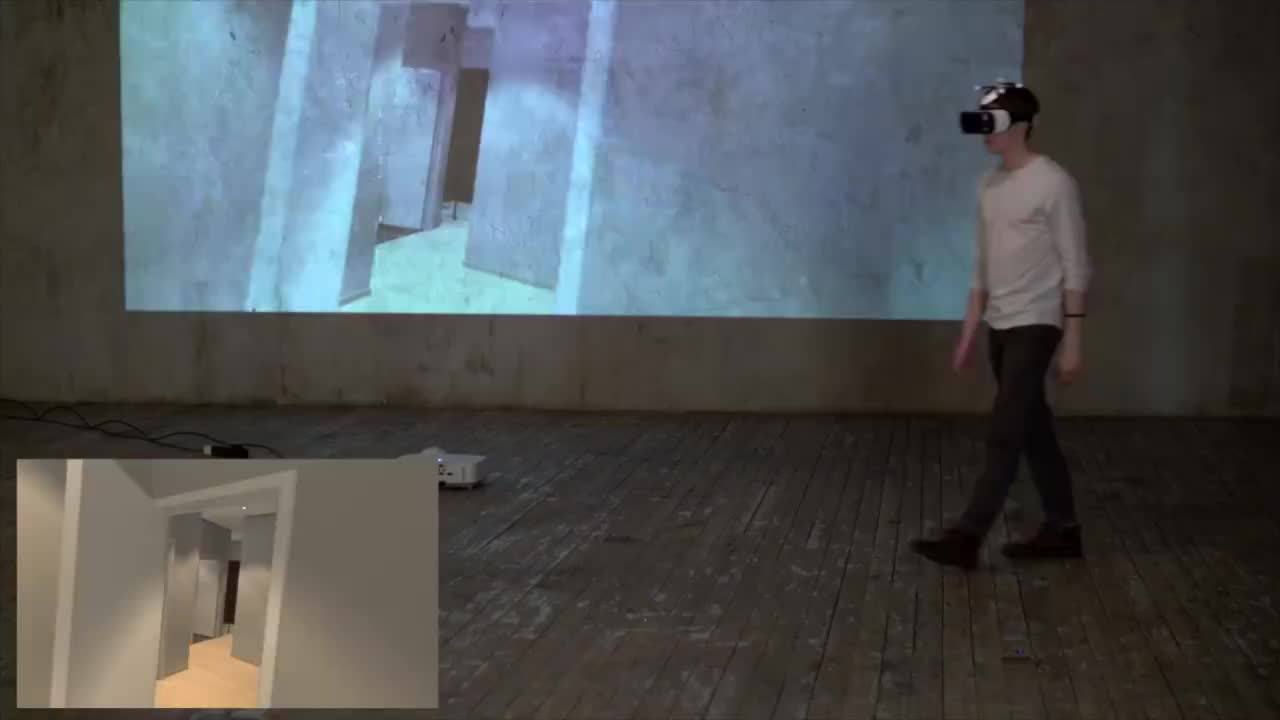May 11, 2016
Can plants grow on the moon? NASA plans test in 2015
Posted by Karen Hurst in categories: biological, climatology, habitats, space travel
We knew this was going to happen. Just still neat to read about it.
(Phys.org) —NASA is planning to launch a milestone experiment involving growing plants on the moon. The target date is 2015, when the agency will deposit plants on the moon’s surface. The initiative is being driven by the Lunar Plant Growth Habitat team. They intend to use coffee-can sized containers designed to protect the plants against harsh elements of the climate, and will also provide cameras, sensors, and electronics in order to relay information about how the plants fare back to earth. NASA’s plan is “to develop a very simple sealed growth chamber that can support germination over a five to-ten day period in a spacecraft on the Moon.”
What will NASA try to grow? The containers will attempt to grow turnip, basil and Arabidopsis The latter is used often in plant research; Simon Gilroy, University of Wisconsin-Madison botany professor, has referred to the Arabidopsis as “the lab rat of plant biology.” Will the life forms survive the lunar surface? NASA’s plan is to find some answers when this “self-contained habitat,” which will have a mass of about 1 kg and would be a payload on a commercial lunar lander, is on the moon, How it gets there is another interesting side of the story, because NASA is taking advantage of a parallel event to save costs significantly.
Continue reading “Can plants grow on the moon? NASA plans test in 2015” »















